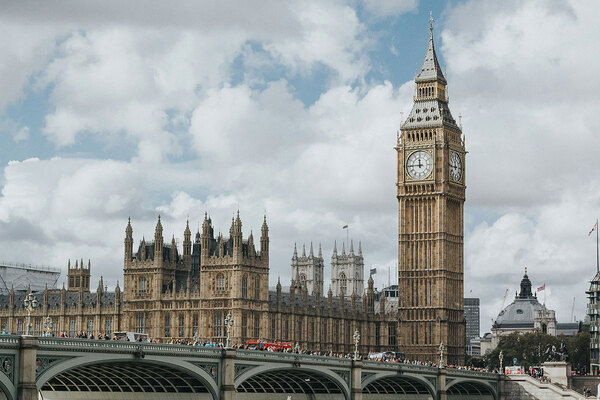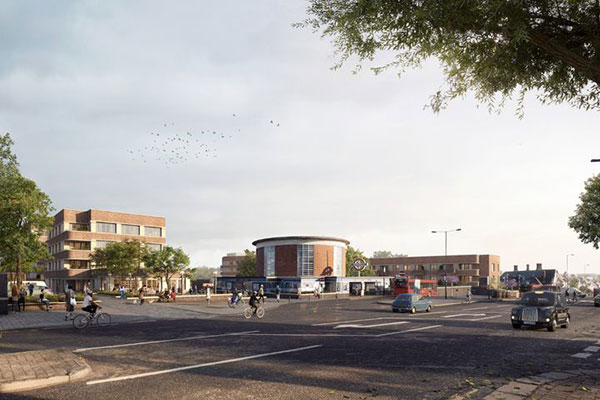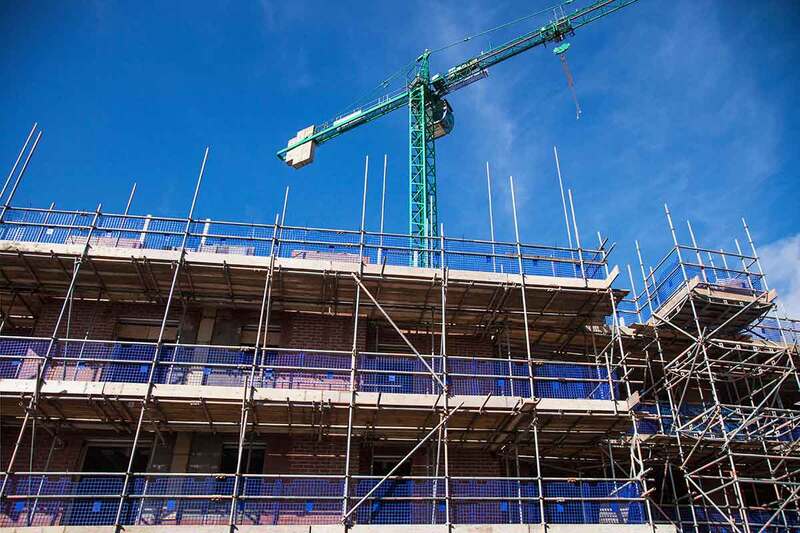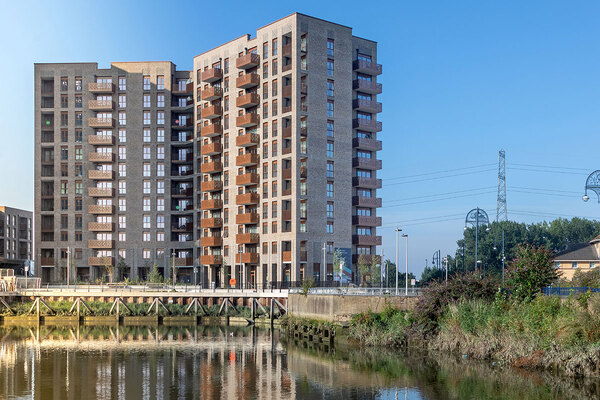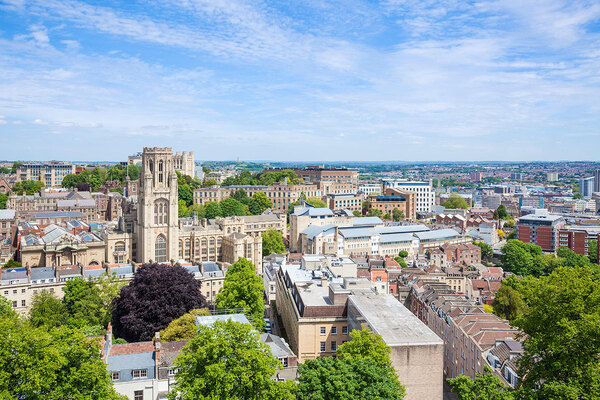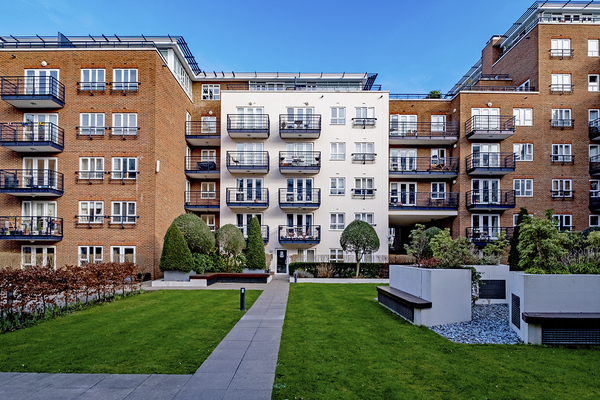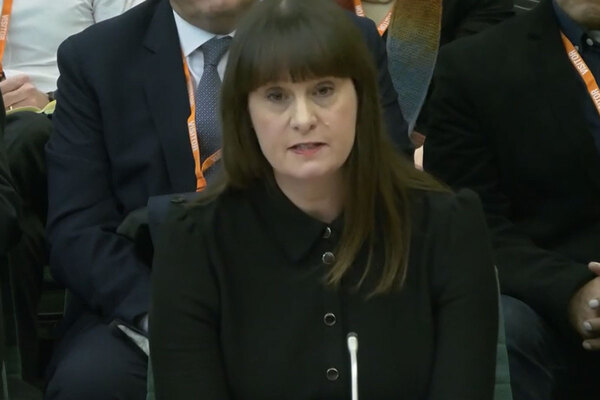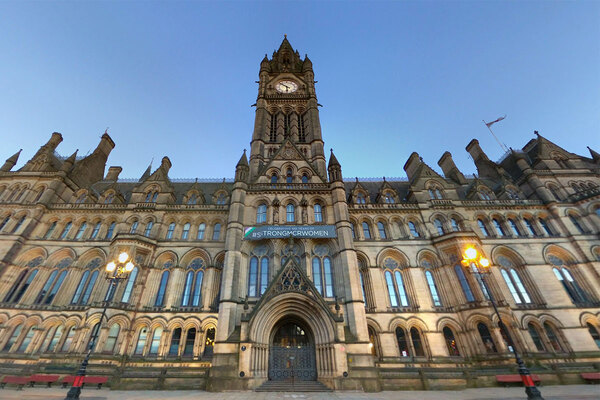You are viewing 1 of your 1 free articles
Lords told presumption should be in favour of development for all land within 800m distance to station
The inquiry into grey belt development in England has heard there is no evidence to suggest that a 50% target for affordable housing is deliverable, and that land within 800m of a station should be up for development.
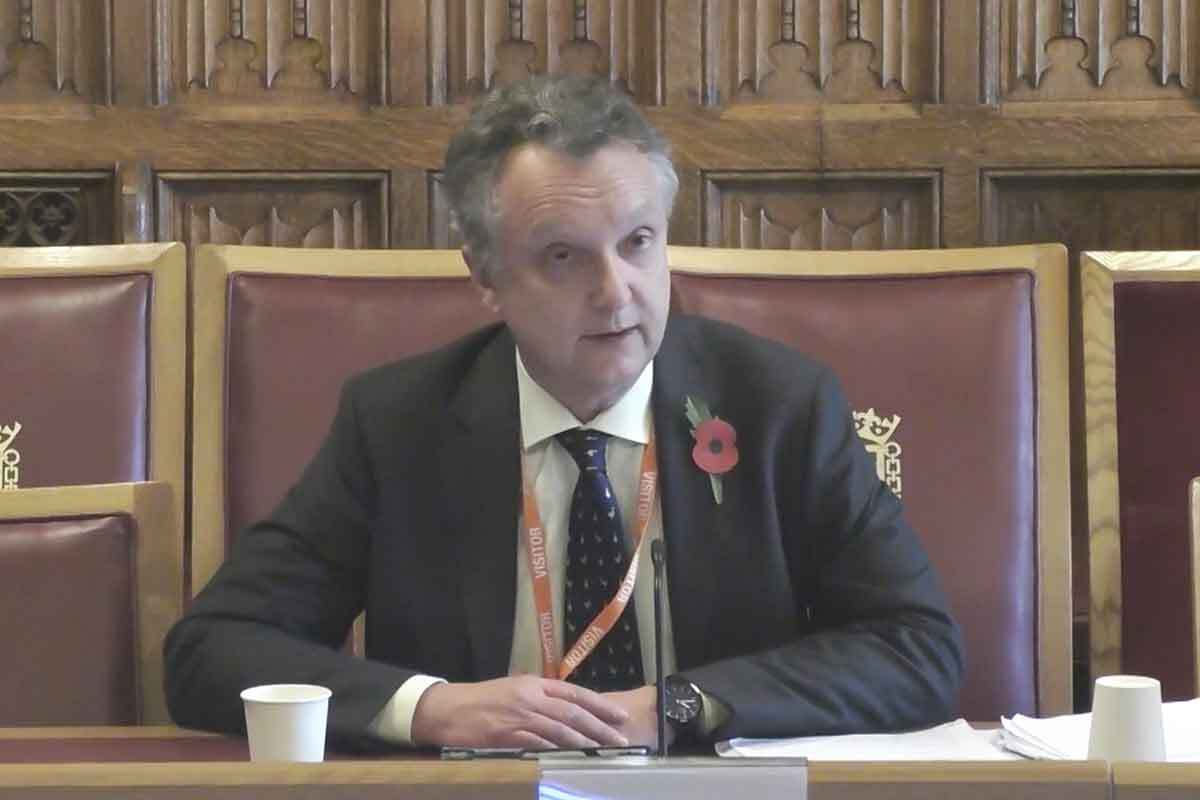
This week, members of the House of Lords Built Environment Committee have heard from two experts who shared their views as part of an inquiry – launched in September – into the designation of grey belt, which has so far suggested local authorities could end up “mired in legal challenges”.
Simon Ricketts, a partner at law firm Town Legal, was not sure that would be the case after he spoke to the committee this week. He also did not believe the 50% target was achievable across the UK.
He said: “We will be in a position where many proposals will be made on the basis of viability appraisals seeking to show that the scheme cannot go ahead with 50%, it will have to be a lower proportion of affordable housing.
“Number one, that is time-consuming for all involved.
“Number two, it gives the public the wrong impression that promoters are breaking the rules or bending the rules, when the reality is the bar has just been set too high.”
Mr Ricketts pointed to an academic paper that suggested benchmark land value could be set at no more than three or four times existing use value, but his experience was it often takes more than that for a landowner to part with their plot.
He also pointed out that “an appropriate amount of socially rented housing” is within the 50% target, the uncertainty of this figure would also “kill viability”.
The planning and public law expert did not think it was controversial to suggest that a 1955 document that underpins current green belt policies was “not fit for the modern day world”.
Housing sector bodies have urged the government to make its definition of grey belt land more specific, after raising concerns that a lack of clarity could lead to legal challenges and further slow down development.
But Paul Cheshire, emeritus professor of economic geography at the London School of Economics, said: “I think this is a situation where we mustn’t let the best be the enemy of the good.
“My specific definition would be the one that I put forward in that paper I did for the Centre for Cities about four years ago, which is that you should automatically have a presumption in favour of development for all land which is within 800 metres of a commuter station.
“Now that identifies a surprisingly large amount around all the major combinations which have green belts, but that land has little sort of aesthetic quality, in terms of preventing urban sprawl, it’s just land which got left behind in 1955, or in 1939 when development stopped, and you were left with pockets of land around stations that were never developed.”
Professor Cheshire said that across the UK, research has shown how this approach could deliver more than one million homes.
The inquiry continues as the government has set itself a target of building 1.5 million homes in five years and reintroduced mandatory local housing targets.
The government has proposed the revisions to the National Planning Policy Framework and is consulting on a process for releasing green belt land.
The idea of building around stations is not new. It is something that Greater Manchester mayor Andy Burnham called for earlier this year when he asked for the transfer of train stations to the Greater Manchester Combined Authority so that housing can be built around them.
Sign up for our development and finance newsletter
Already have an account? Click here to manage your newsletters

